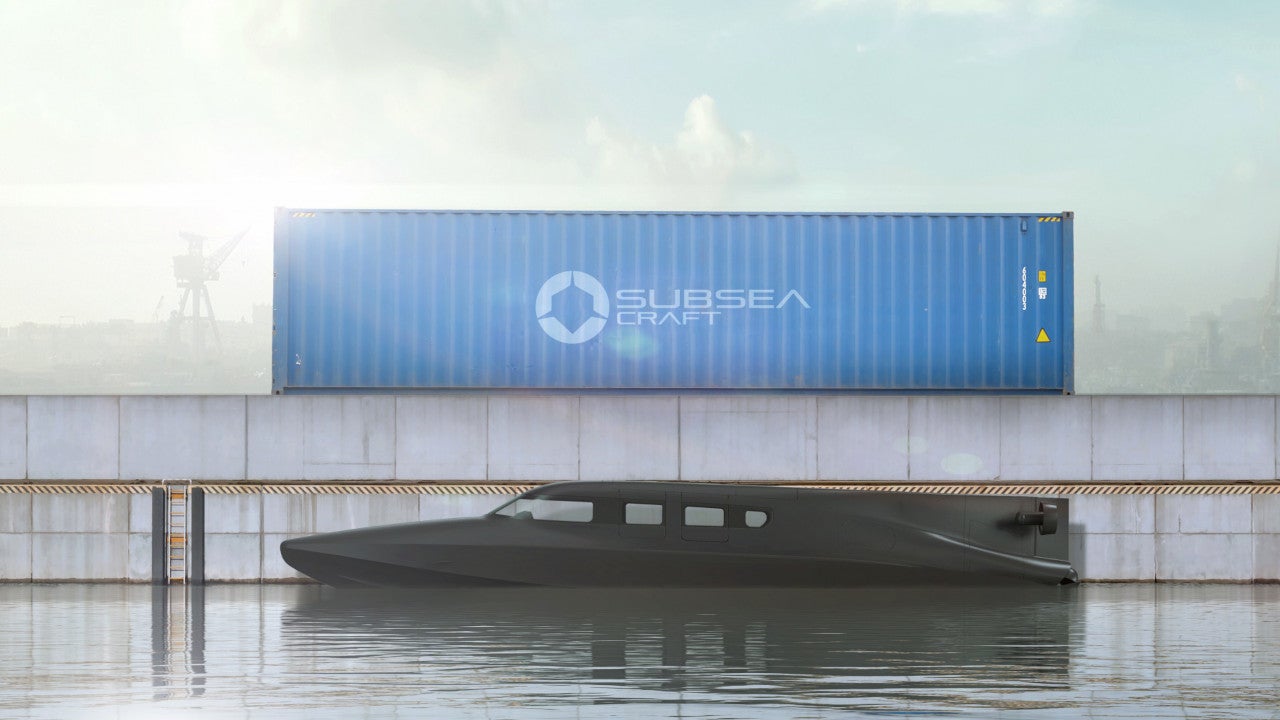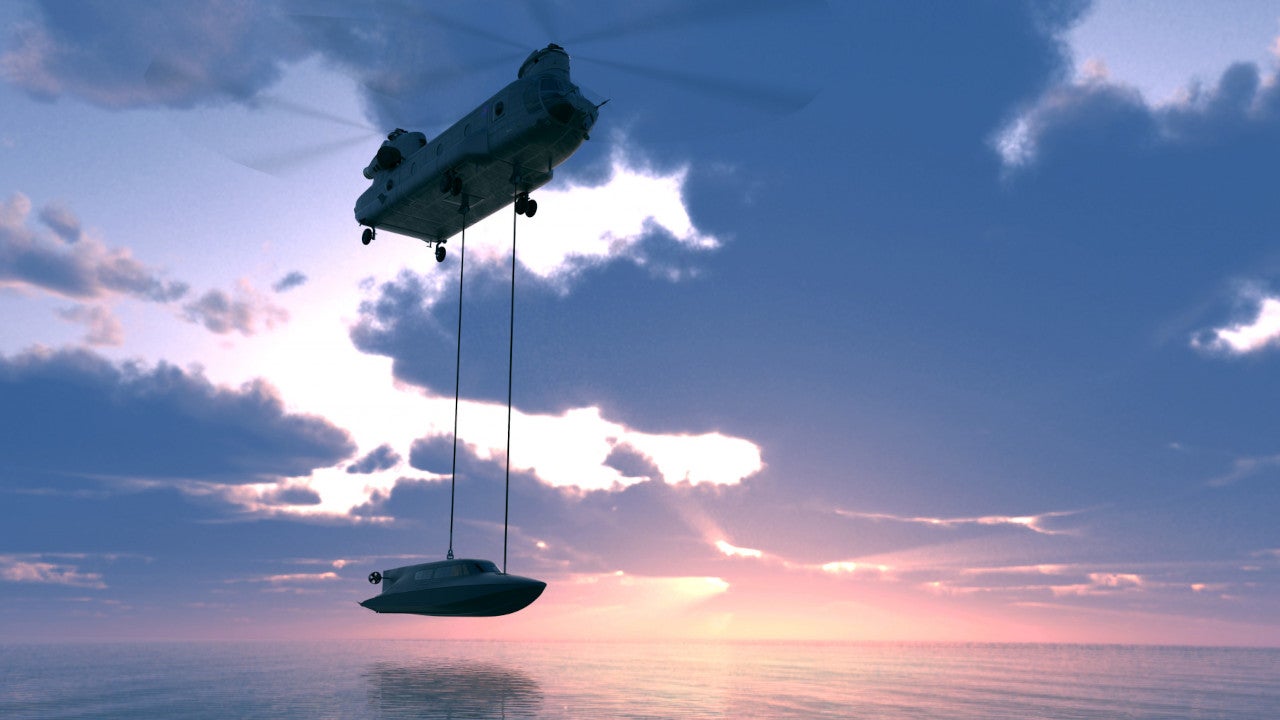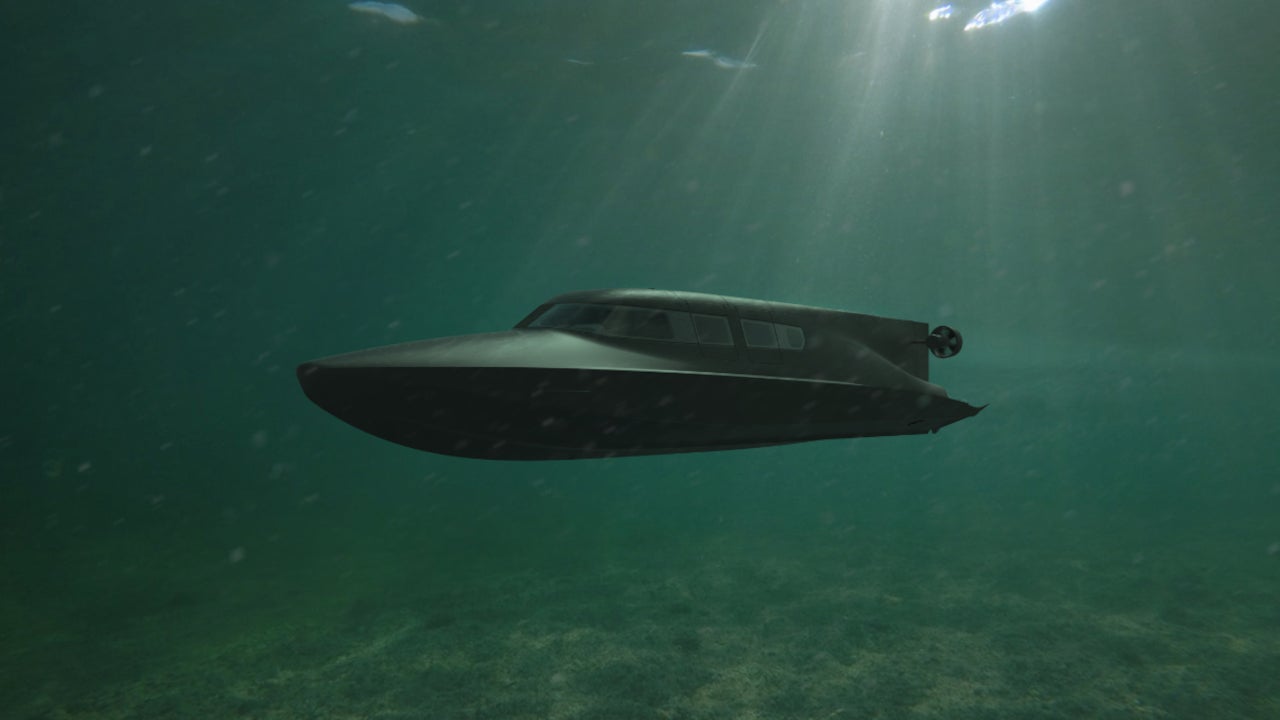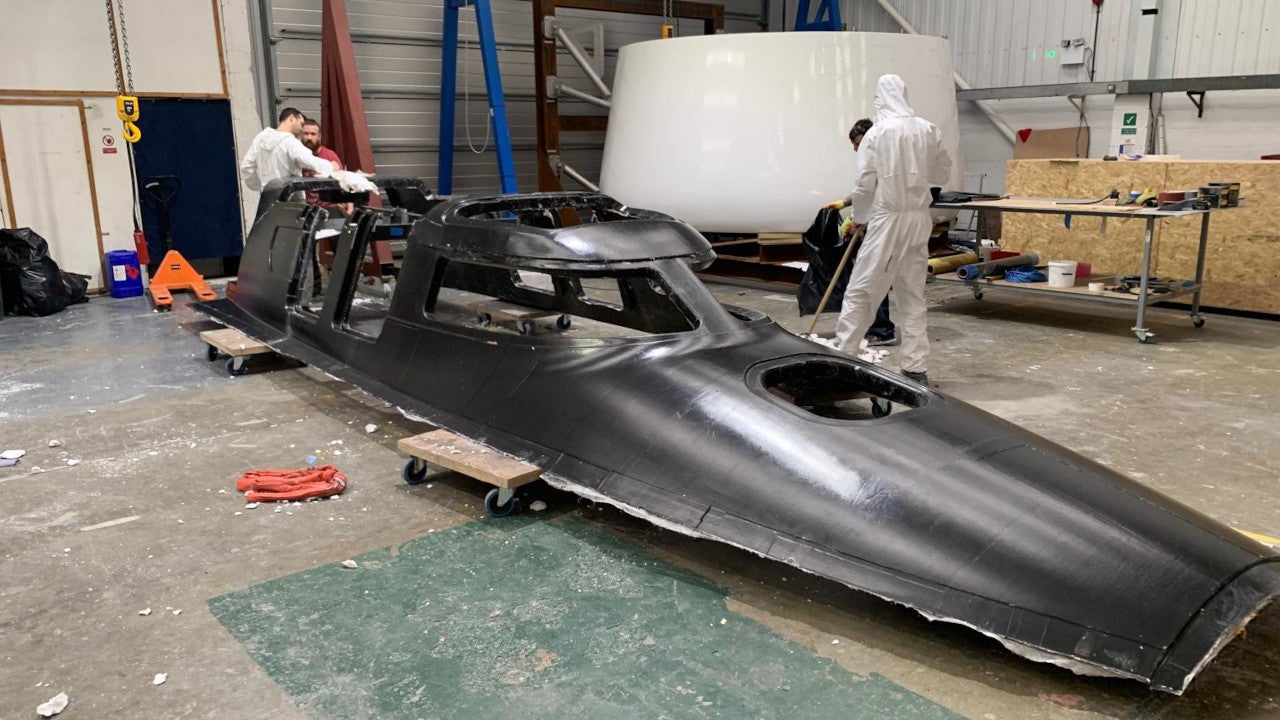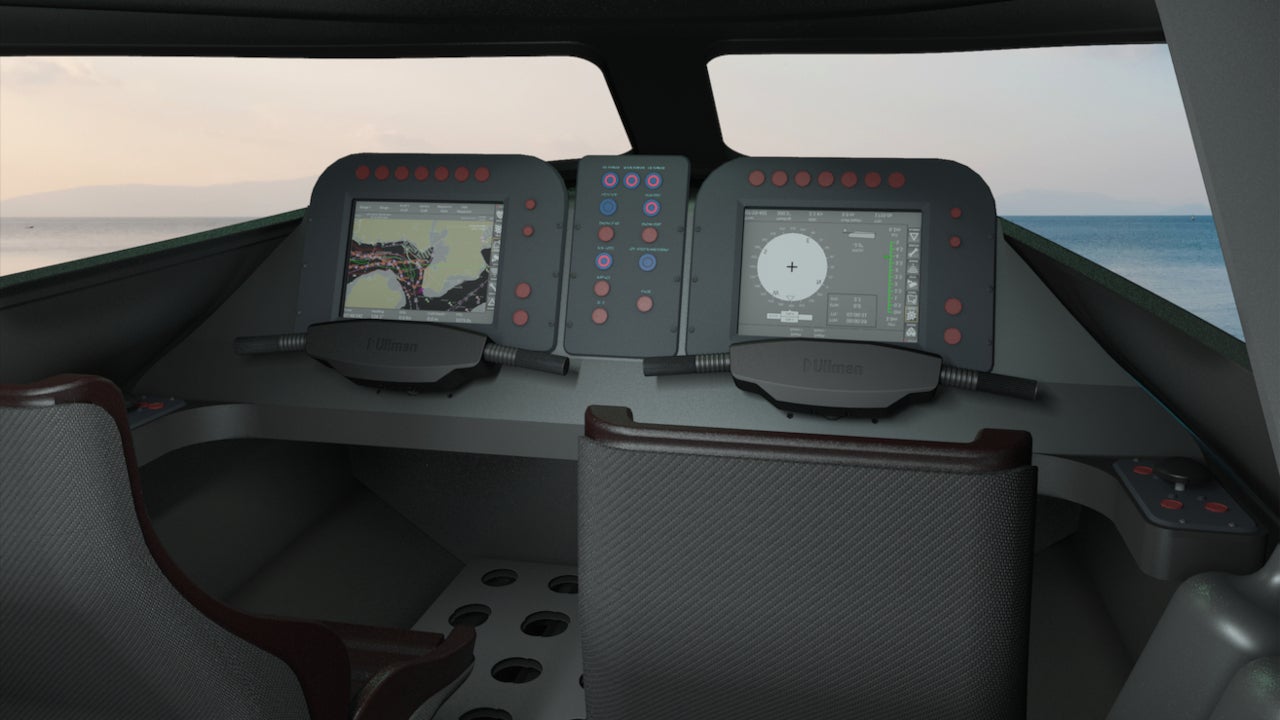VICTA-class diver delivery unit (DDU) is a surface-submersible vessel being developed by SubSea Craft, a provider of advanced maritime technologies.
The vessel will allow defence and security organisations to deploy the operators at a favourable position on the surface rapidly, transitioning to their subsurface target. It enables the crew to be ready for a mission, as well as to return to base.
DDU will offer a range of maritime capabilities including intelligence, surveillance, reconnaissance, sensors delivery to kinetic action, target acquisition as well as maritime interception and prohibition activities.
The vessel was unveiled at the Defence and Security Equipment International (DSEI) exhibition held in London, in September 2019.
The craft received both DNV-GL and Lloyd’s Register certification and is expected to commence its sea trials in 2021.
VICTA-class DDU development details
The VICTA-class DDU is an advanced vessel that combines the speed, range and capacity of a long-range insertion craft (LRIC) with the stealth and versatility of a swimmer delivery vehicle (SDV).SubSea Craft initially developed a catamaran prototype, DDU01 for testing and analysis, which was later discarded due to its overall size and weight and was replaced with a mono-hull design.
The carbon fibre and Diab core hull version of the prototype arrived at SubSea Craft’s headquarters’ Design & Engineering Centre at Hampshire in January 2020 for fitting-out before the commencement of its sea trails. The coach roof and hatches were fitted to the vessel by April 2020.
Design and features of VICTA DDU
The 11.95m long VICTA DDU will have a beam of 2.3m, height of 2m and the draught of 0.6m. The full load displacement of the vessel will be 9,315kg, while the craft can accommodate two crew members and six operators.
The VICTA DDU’s fast surface craft and submersible characteristics allow it to move quickly from the surface to subsurface. A special forces team can be delivered on location at a range of up to 250nm at 40k speed on the surface, while the endurance of four hours will be enough to navigate the operators subsurface for 25nm, using personal rebreathers, to reach closer to the target area.
DDU will feature moulded seats and advanced shock-absorbing systems for a comfortable ride at higher speeds. The seating will be mounted on a rail attachment system to allow re-configuration according to different mission requirements.
The submersible vessel can be deployed from a road trailer, port of opportunity, heavy-lift helicopter, as well as another suitable surface platform. The airborne delivery of the vessel is possible with the installation of the IrvinGQ’s maritime craft aerial delivery system (MCADS).
Other systems onboard
The vessel will be equipped with an on board open-circuit air system to supply eight hours of air to the operators based on a mean breathing rate of 18lpm with a reserve of 20%.
The control system of the craft will feature controller area network (CAN) technologies. The fly-by-wire advanced control system will help in safely managing the dive and surfacing evolutions and also support all propulsion controls. SCISYS’s command system will provide the human-machine interface for the craft.
CGI’s OpenSea360 mission system will help in providing surface situational awareness, including satellite navigation, radar, radio and cameras, and underwater communication for the crew.
Propulsion and performance of VICTA-class
The vessel will be powered by Seatek diesel engine, which can generate a power output of 725bhp to provide surface propulsion to the Rolls-Royce’s Kongsberg Kamewa waterjets. The maximum surface speed of the vessel will be 40k.
The submerged propulsion system will integrate two marine propulsion electric thrusters of 20kW to provide forward speed up to 8k. Four Copenhagen thrusters will be mounted vertically to control the depth accurately at slow speed.
SubCtech Li-ion SmartPowerBlockstm design battery with built-in battery management systems will provide 140kWh power for subsea operations.
The DDU can dive 30m deep into the water within the transition dive time of two minutes.
Contractors involved
SubSea Craft entered a partnership with IrvinGQ for the development of parachute deployment option for VICTA in November 2020.
AC Marine and Composites was contracted for building the hull of VICTA DDU in January 2019. The design for the craft was provided by BAR Technologies, a naval architect based in the UK.
Sonardyne is responsible to provide vigilant sonar design for the VICTA DDU.
CGI will provide the OpenSea360 mission system, while SCISYS will supply two large multifunction display units for the vessel.

